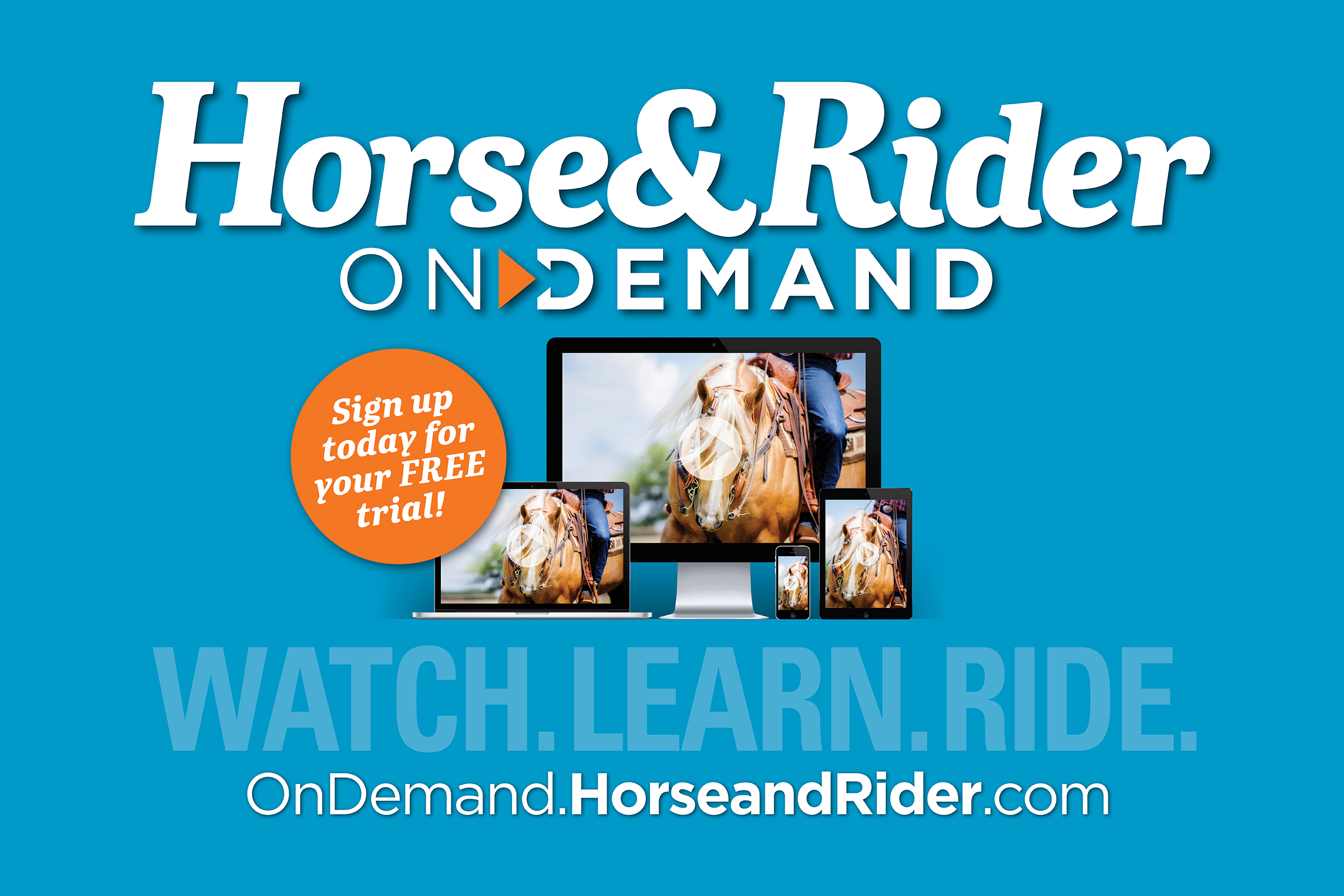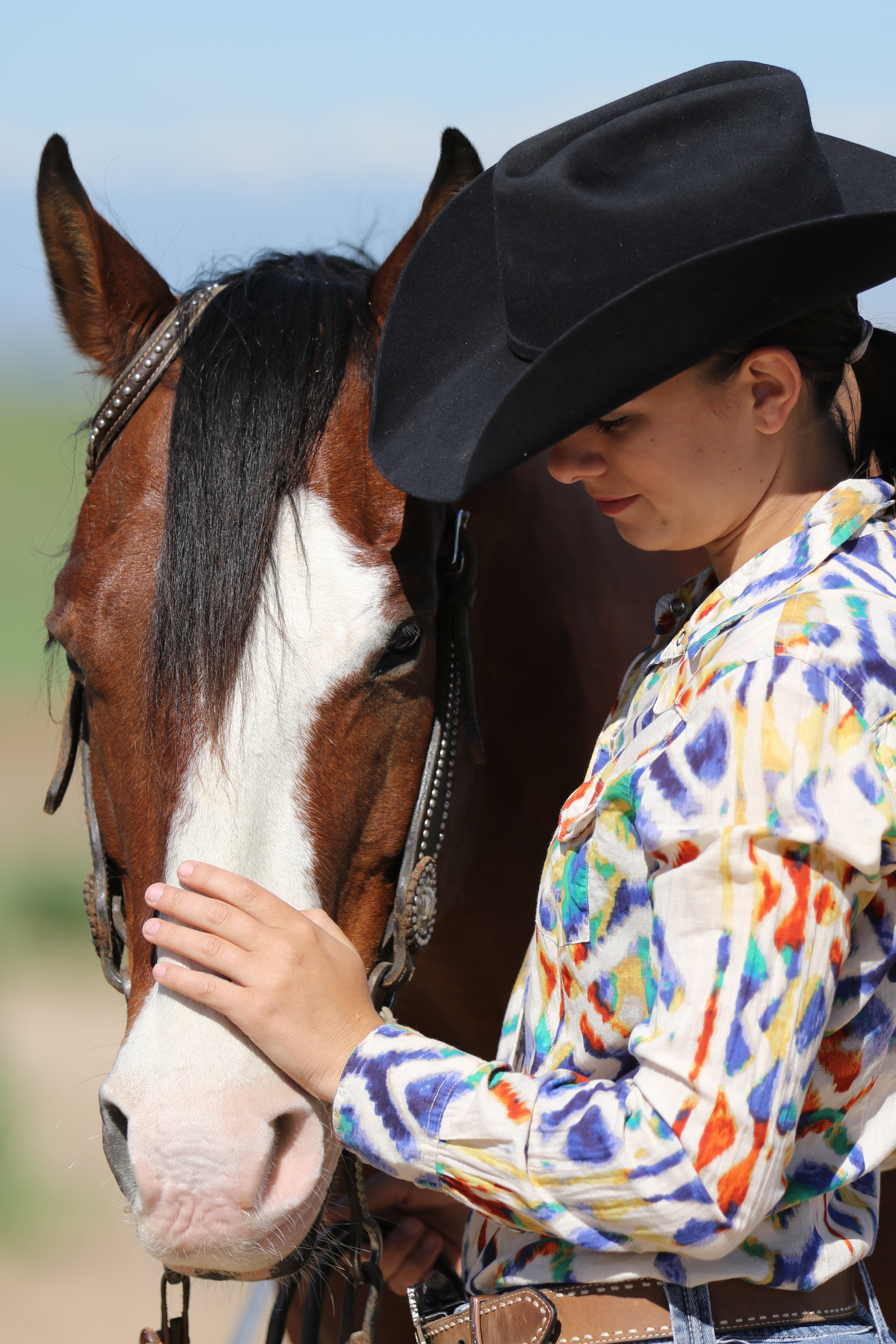If you aren’t already doing these 10 things, take notes and get started. You’ll love the results!
Products we feature have been selected by our editorial staff. If you make a purchase using the links included, we may earn a commission. For more information click here.
1. Always end riding sessions on a positive note. If you’re having trouble getting your horse to try something new and you’re becoming frustrated, ask him to do something he already knows how to do. Then, when he does that correctly, end the session. Be patient and never get angry at your horse. If you do lose your temper, dismount for a while and resume your session when you aren’t feeling upset.

2. Set goals. They give you something to work towards with your riding. Your goals can be as little or big as you’d like. Setting both short-term and long-term goals can help motivate you as you ride. If you achieve your short-term goals, you’ll still have your long-term goals to work towards while you set new short-term goals. Writing your goals down and placing them somewhere you’ll see them every day will help to keep you working towards accomplishing them.
[READ ABOUT: Goal Setting]
3. Learn how to develop feel. First understand exactly what feel is—that ability to know what’s happening with your horse when you’re riding…specifically, where his feet and his mind are. You can’t be taught feel; it’s something you must learn and experience for yourself.
[READ ABOUT: Developing Feel]
4. Understand saddle fit. It affects your horse’s health and overall comfort. You need to know the basics of how a saddle should fit your horse plus how to position the saddle on his back. A good indicator of an ill-fitting saddle are dry spots in an area beneath the saddle pad that’s otherwise completely sweaty. Other signs of poor saddle fit are back soreness and white hairs on your horse’s back (from longtime pressure points).
Try reading The Western Horse’s Pain-Free Back and Saddle-Fit Book.
[LEARN ABOUT: Saddle Fit]
5. Be confident. Yes, it takes time to become a confident rider. But it’s worth the effort, because as you become more confident in your riding ability, your time in the saddle becomes more effective and more enjoyable. If you learn to train your brain and use meditation techniques to keep you calm and relaxed, it will speed your progress toward becoming a more confident rider.
[READ: Horseback Confidence Advice]
6. Connect with and trust your horse. Building a connection between the two of you will help you to gain trust in each other, which in turn will help you feel more confident. No matter what stage you’re at with your horse, doing exercises to build connection and trust will boost your relationship.
Connect with your horse through groundwork. Use a longe line to perform these exercises.
[READ ABOUT: Connecting With Your Horse]
7. Find a mentor and/or attend a clinic. Finding a mentor or even a friend to ride with will give you a helpful set of eyes to evaluate your riding and another mind to offer advice when you feel as if you’re at a dead-end. If you don’t have a mentor or riding buddy, attending a clinic can gain you some professional knowledge. Even if you aren’t able to participate in the clinic, auditing will allow you to learn methods you can take home to practice at your own pace.

[READ ABOUT: Attending a Clinic]
8. Ride with soft hands. They’re key for good horsemanship. Sensitive, feeling hands give clear rein cues, attend to what your horse is “saying” through his mouth, and protect your horse’s mouth from discomfort.
Try riding in split reins to keep your hands soft as you’re able to adjust your rein length.
[READ: Exercises for Soft Hands]

9. Know your horse. This comes naturally as you develop a bond. You should be able to tell when your horse is acting uncharacteristically or having an off day. Being able to detect when your horse isn’t himself can help you catch subtle health issues before they become bigger problems.
[LEARN HOW TO: Get To Know Your Horse]
10. Thank your horse after every ride. He has the ability to take control at any minute, yet he trusts you and does what you ask. If you complete your ride safely, thank your horse. Whether you’re training, competing, or simply hopping on for a joy ride, always give your horse the credit he deserves. He keeps you safe—and all he asks for is love (and snacks!) in return.







